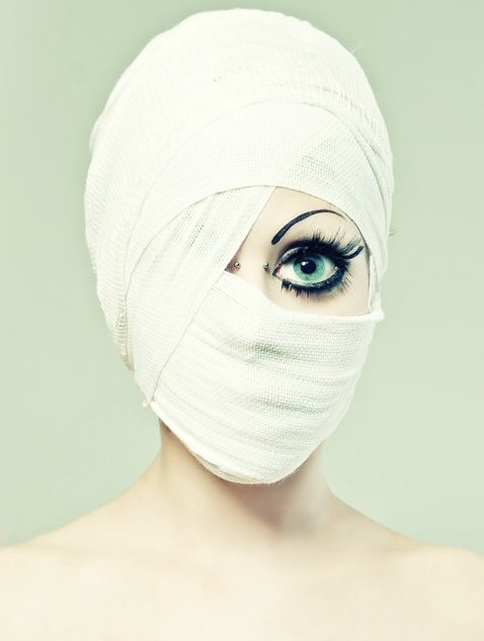I’ve done several toxin-free cosmetics lists over the years, each with several updates…resulting in a bit of a jumble. So I’ve pulled them apart and rejigged them all with updated information.

And before I go on… I really want to emphasise that making the switch to safer and cleaner shouldn’t be about buying more stuff. It’s about making a slow, gradual, informed switch as your current products run out.
I’ve spoken to a lot of people about how you and I can best act on the very real fears we have that our foundations and hair dyes and deodorants are not good for us. Here’s what I’ve come up with:
1. Use less stuff
Reduce the chemical load where you can. It takes some getting used to – wearing less makeup and less products – but it’s doable. It makes sense at all levels. I don’t wear foundation (where possible) any more. I wear a bit of powder, mascara and eyebrow pencil. No hair product. No nail polish. Less is more.
2. Read the labels and avoid these ingredients:
- Sodium Lauryl Sulfate. This is a really good starting point. Anything with SLS… high-tail from it – it’s a common ingredient in anti-freeze and engine degreasers.
- Paraben. This chemical is found in underarm deodorants and other cosmetics and has been shown to mimic the action of the female hormone oestrogen and can drive the growth of human breast tumors.
- Phthalates. These plasticising ingredients (present in nearly three-quarters of 72 products tested by the US Environmental Working Group) have been linked to birth defects in the reproductive system of boys and lower sperm-motility in adult men.
- Talc. It’s been linked to ovarian cancer.
- Musks. Used as fragrances, these can accumulate in your body, and have been linked to skin irritation, hormone disruption, and cancer in laboratory studies.
- Methylisothiazolinone (MIT), a chemical used in shampoo to prevent bacteria from developing, which may have detrimental effects on your nervous system.
- Toluene. Made from petroleum or coal tar, and found in most synthetic fragrances, chronic exposure to toluene has been linked to anemia, lowered blood cell count, liver or kidney damage, and may affect a developing fetus.
- Mineral oil, paraffin, and petrolatum. These products coat your skin like plastic – clogging pores and creating a build-up of toxins. They also slow cellular development, which can cause you to show earlier signs of ageing, and are a suspected cause of cancer and disruption to hormonal activity.
3. Learn a little more
Follow the debate and support groups that are agitating for the government to police these chemicals better. The Environmental Working Group’s Campaign for Safe Cosmetics should be followed. In Australia, sign up with National Toxics Network.
4. Use what the experts recommend
This topic is waaaaay too hard to navigate if you don’t have a chemistry degree. Best to be inspired by women in this realm who’ve researched their choices. Do what they do, rather than researching from scratch. To this end, I’ve asked a stack of contacts for their best buys. Talking to these experts we all agree: it’s not always feasible to go completely chemical-free. We can simply reduce the chemical load by making safer choices where we can.
I’ll be sharing this safe beauty shopping list from the experts in tomorrow’s post. As well as details on what I currently use. Same place. See you back here.

